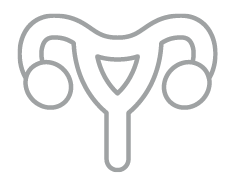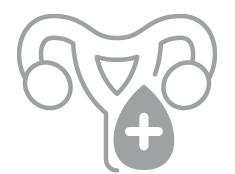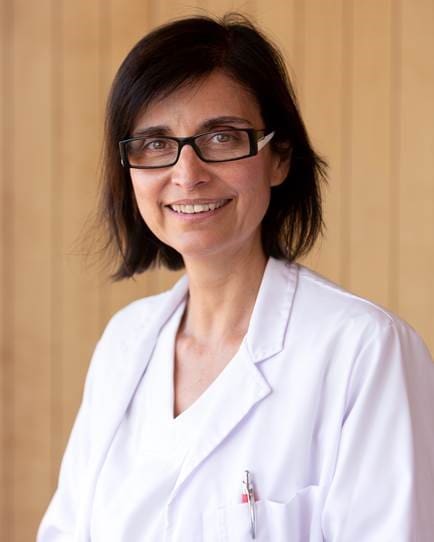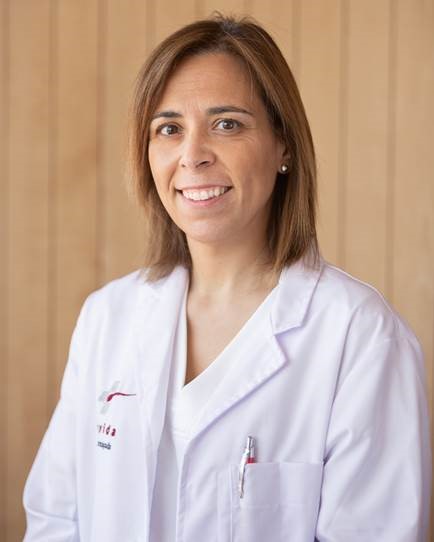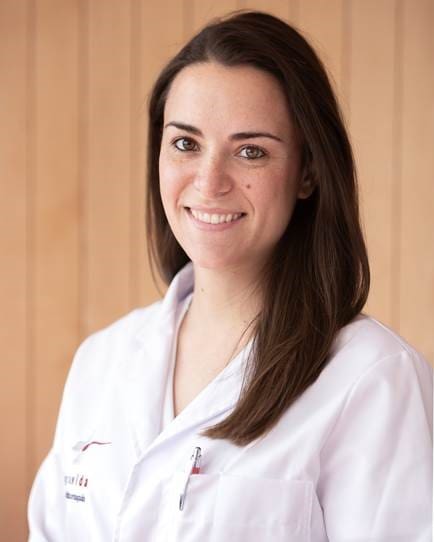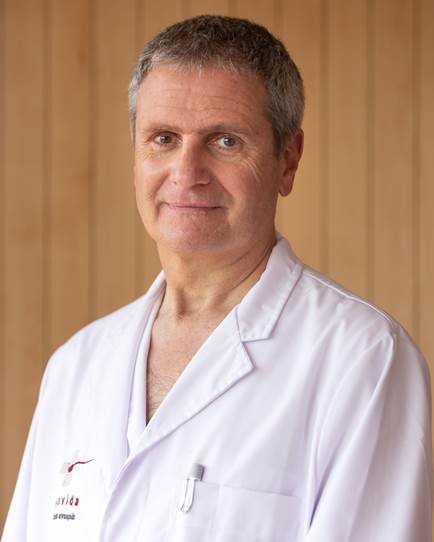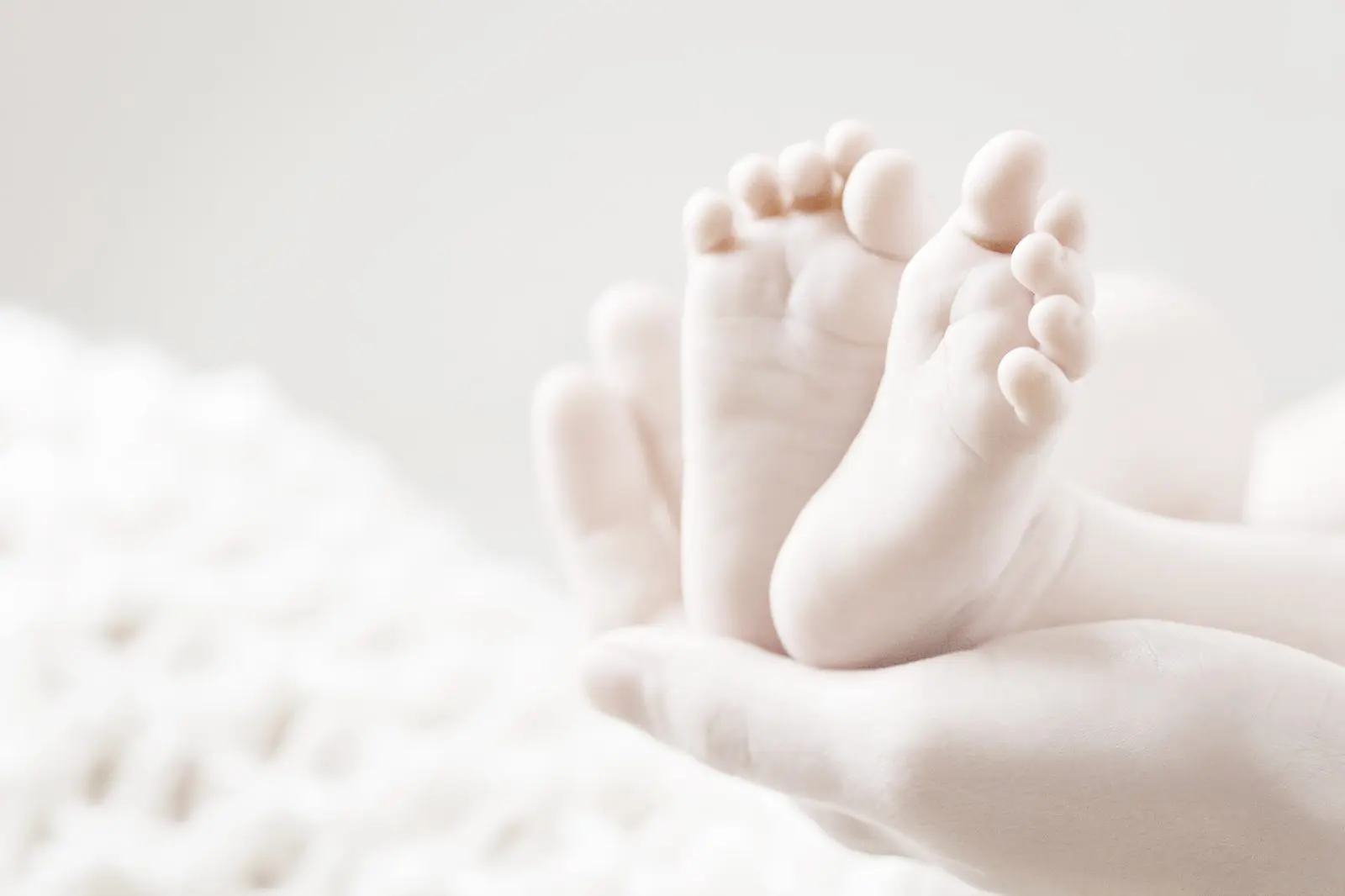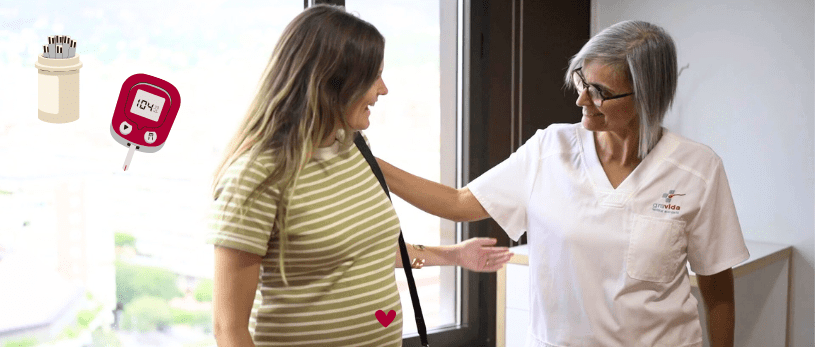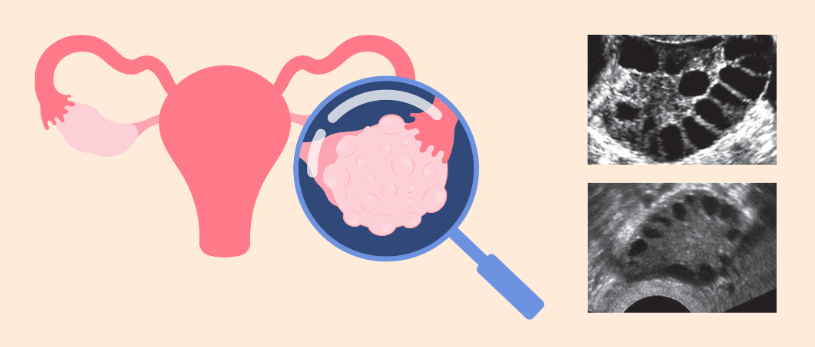
IVF: In Vitro Fertilization
Thanks to in vitro fertilization, we manage to fertilize the eggs (oocytes) with sperm from your partner or a donor outside the mother’s uterus, under laboratory conditions.
What is IVF?
In Vitro Fertilization (IVF) is an assisted reproduction technique that involves the fertilization of the oocyte (egg) by the sperm under in vitro culture conditions in the laboratory, that is, outside the female reproductive system.
It is an assisted reproduction technique needed in cases of female or male infertility or in assisted reproduction techniques such as the ROPA Method for LGBTQ couples.
In which cases is IVF indicated?
IVF indications for infertility:
- Tubal factor: absence, obstruction, or damage to the fallopian tubes.
- Endometriosis.
- Male factor (alteration in sperm concentration, motility, or morphology).
- Unexplained infertility.
- Failure of less aggressive treatments: ovulation induction, artificial insemination.
- Decreased ovarian reserve.
- Immunological disorders.
IVF indications in the absence of infertility:
- Preimplantation Genetic Testing (PGT), in order to identify and discard affected embryos.
- Fertility preservation.
- Serodiscordant couples: a couple where one member has a chronic sexually transmitted disease that prevents, due to the risk of transmission, achieving pregnancy naturally.
Requirements for IVF
Request your first free visit
In Vitro Fertilization Process
1. Request your first free visit
- Visit with an expert doctor in Assisted Reproduction.
- Fertility Study where we perform an ultrasound to evaluate the egg reserve and a semen analysis.
- Medical visit for results and diagnostic guidance.
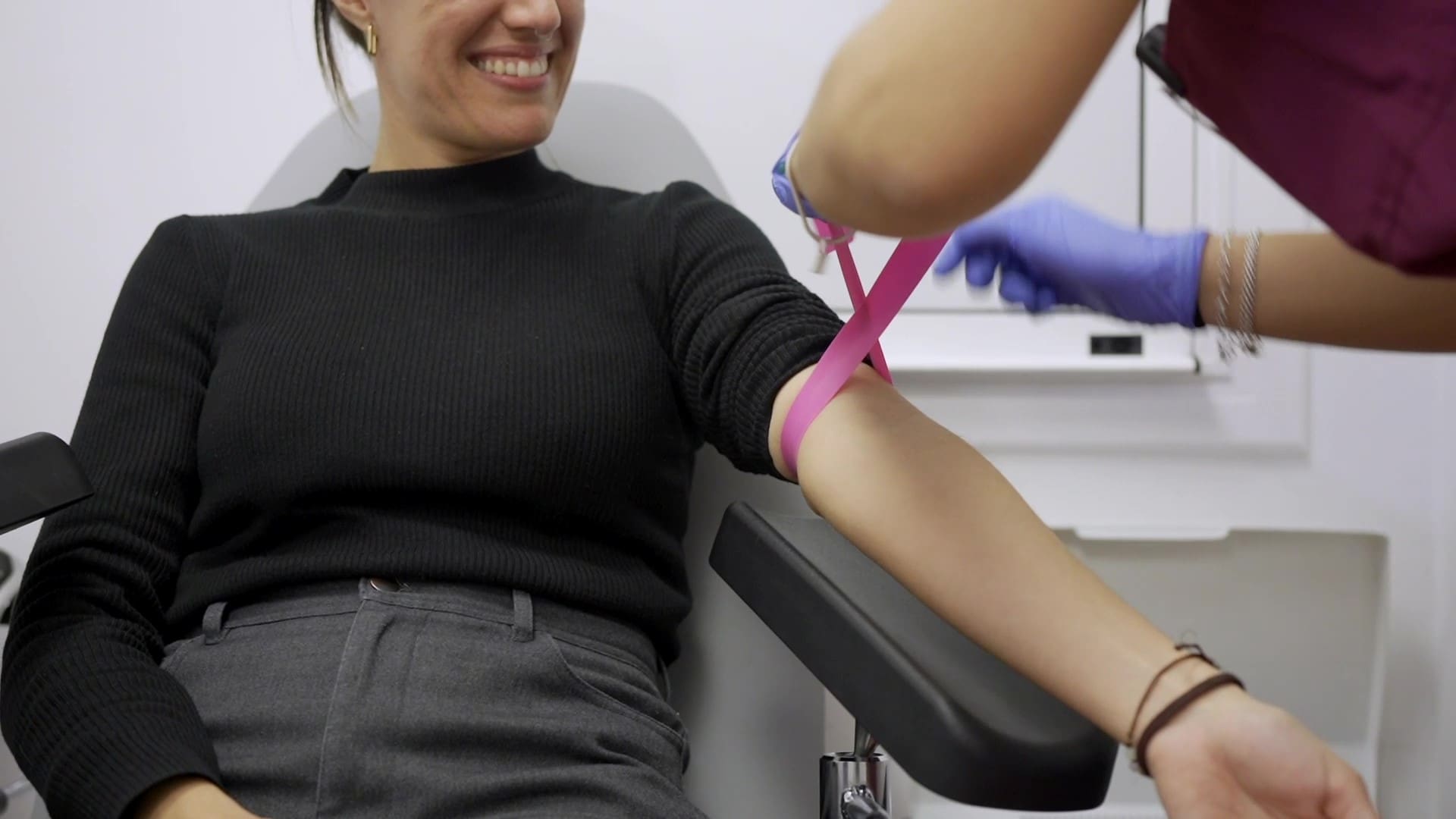
2. Hormonal control and stimulation
The start of the in vitro fertilization treatment is marked by the woman’s menstrual cycle. At this point, ovarian stimulation begins.
The stimulation protocol (type of hormones and dosage) will be individualized and will be determined mainly by age, ovarian reserve, body mass index, and response to previous stimulations.
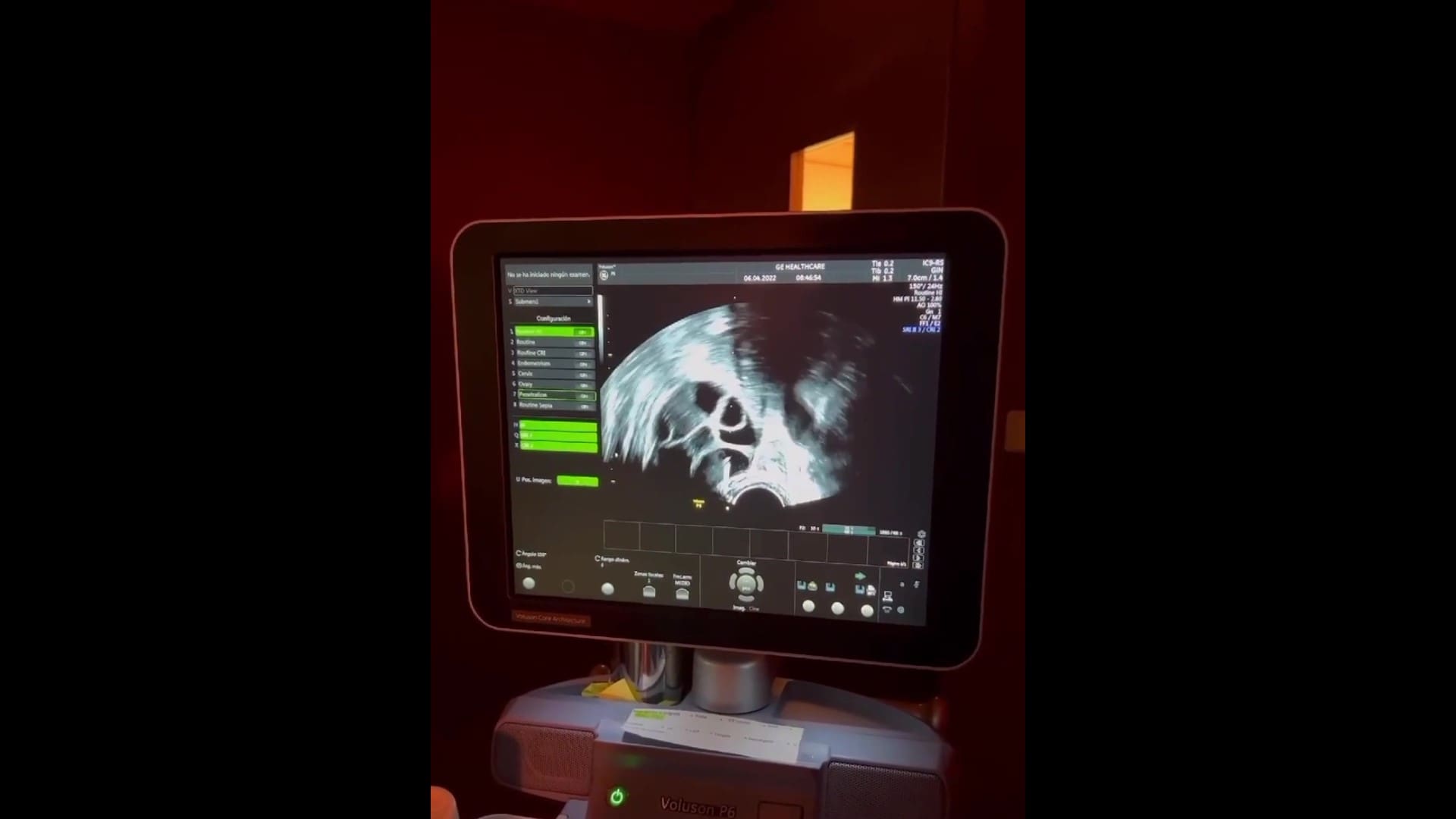
3. Follicular puncture
The follicular puncture is a simple surgical procedure performed on an outpatient basis with local anesthesia or short-duration general anesthesia (intravenous sedation), after which the patient will remain under observation for a variable period of time, usually ranging from 2 to 4 hours.
4. Egg fertilization and embryo culture
There are 2 techniques to bring the oocytes into contact with the sperm: conventional IVF (which involves putting about 100,000 good motility sperm in contact with an oocyte, producing a natural selection of the sperm) or microinjecting a sperm with good motility into each mature oocyte (ICSI).
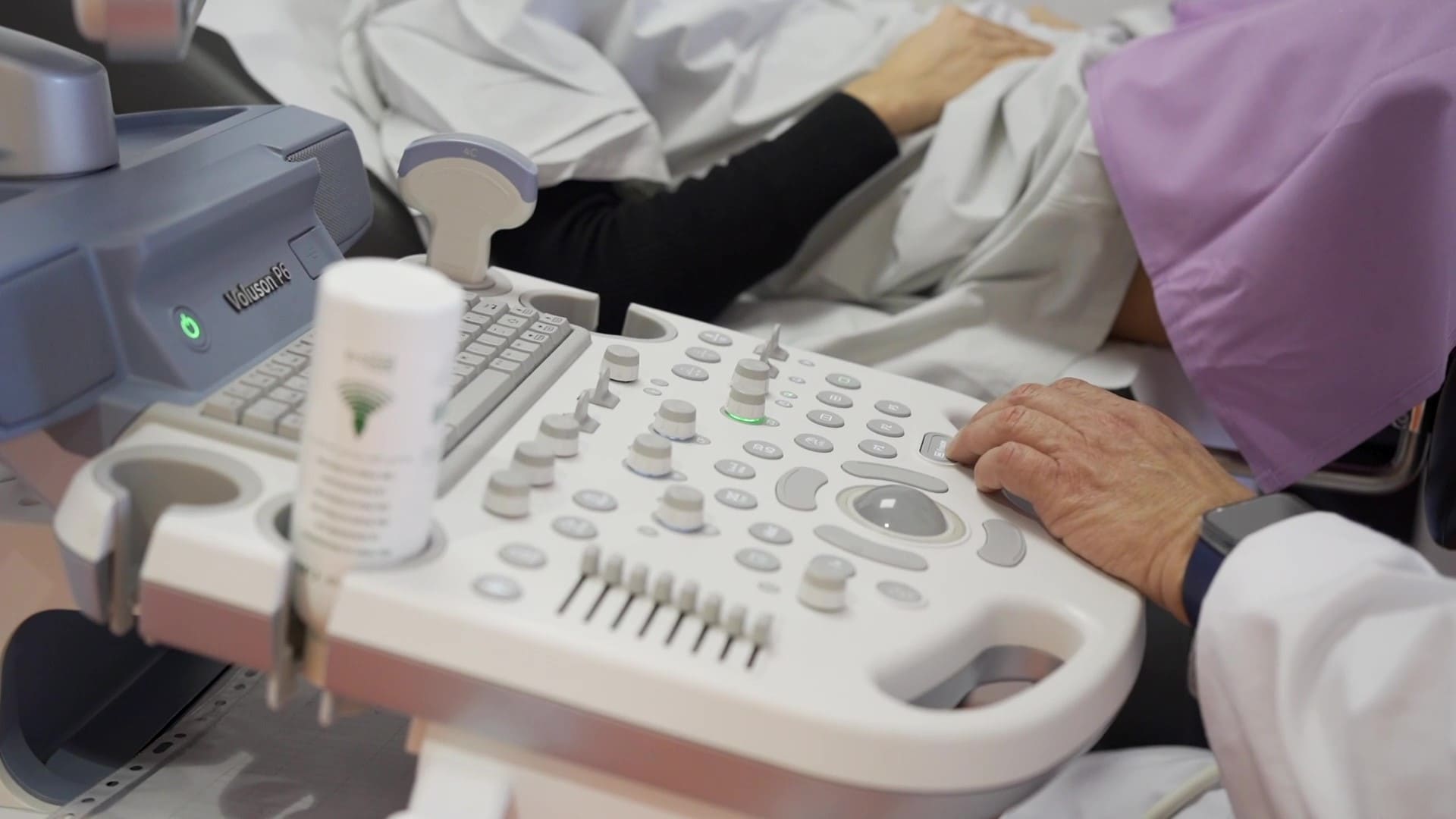
5. Embryo transfer
Finally, we will proceed to the transfer of the embryo(s) to the maternal uterus vaginally. The embryo transfer will be performed on the 2nd-3rd or 4th-5th day after the follicular puncture, choosing the best embryo(s).
After insemination, the woman can continue with her normal daily activity. Strict rest is not necessary after this procedure, although it is advisable to avoid physical exercises considered risky.
The embryos are deposited in the uterine cavity under ultrasound guidance. It is an outpatient procedure that does not require anesthesia or admission.
IVF Success Rates
Baby-at-home success rate in IVF cycles with own eggs performed at Gravida between 2019 and 2022, according to patient age.
Frequently Asked Questions
Real opinions from our patients
Nos atendió la doctora Anna Galindo, una profesional increíblemente amable, cercana, siempre con una sonrisa, que te explica todo con claridad desde el primer momento. Nos pidió unas analíticas y, por suerte, todo salió bien.
En una visita rutinaria, me explicó con muchísima paciencia que estaba justo en mi periodo de ovulación y que, según los resultados, no necesitábamos ningún tratamiento complejo, solo un pequeño empujón con suplementos vitamínicos. Nos recetó unas vitaminas y, sinceramente, fue como magia… ¡ese mismo mes me quedé embarazada!
Recuerdo perfectamente que nos dijo con gran humildad: “Espero que no tengáis que volver aquí para ningún tratamiento.” Y así fue. Es una doctora que no busca venderte tratamientos innecesarios, como ocurre en otras clínicas, sino que apuesta por lo más natural y respetuoso con tu cuerpo.
También quiero dar las gracias a la doctora Laura Gomila, a quien conozco personalmente. Siempre ha estado pendiente, aconsejándome y resolviendo mis dudas con muchísimo cariño.
Recomiendo Grávida sin dudarlo, no solo por su profesionalidad, sino por el trato humano, la humildad y el amor con el que trabajan. Estoy profundamente agradecida por haber encontrado este equipo.
Partíamos de dos negativos de otra clínica, y encontrar esta clínica y esta doctora fue todo un acierto, nos hizo todas las pruebas necesarias para dar con el problema, lo tratamos, y bingo, nos quedamos a la primera! 😁 estamos muy muy agradecidas con el trato de todo el personal, pero en especial con el de nuestra doctora, que nos fue muy clara desde el minuto uno, y supo acompañarnos en este proceso que para nosotras no resultó fácil, por las experiencias anteriores! Ahora nos encontramos desbordantes de felicidad a la espera de la llegada de nuestro segundo bebé!
Por supuesto, hay pruebas que podríamos habernos hecho antes, pero este sigue siendo un área que aún no se ha explorado a fondo. Cada paciente tiene una situación muy diferente y cada médico tiene su propio enfoque. Mi esposa se embarazó después del segundo intento de FIV, y encontrar una solución fue un trabajo en equipo entre nosotros y Gravida.
Acudir a una clínica privada cuesta dinero, y la FIV es una experiencia psicológica difícil. Debe tener en cuenta que los ginecólogos responden a nuestras preguntas y nos orientan, pero la decisión de realizar más pruebas o tratamientos antes de la implantación depende de la paciente, por lo que debe participar.
Contacten con María, Noémi, Andrea… y con todos los que se me olvidan.
TODO EL EQUIPO, incluyendo a mi doctora Carla Rojas y a mi embrióloga Ana, todos extremadamente atentos y profesionales.
Mis ojos brillaron al instante.
Estaba súper feliz después de recibir la transferencia el lunes 13 de febrero de 2023.
Sentí todo después (mi implantación sobre las 18:20 y luego la implantación el jueves por la mañana) y mi cavidad seguía funcionando… 5 días después de la transferencia, quería saber si mis sensaciones eran reales. Por eso, el sábado 18 de febrero, me hice la prueba beta a las 10:00 y el resultado llegó por la tarde. Estaba temblando, tenía lágrimas en los ojos con 39 UI, lo que corresponde a mi implantación el jueves por la mañana (16 de febrero). 48 horas después, el lunes 20 de febrero (ayer), me hice otro análisis de sangre a las 10:00 y descubrí 161 UI. 😍 ¡Qué alegría! 🤩 ¡Por fin tengo a mi pequeño dentro de mí! Ha construido su nido, que terminará mañana, miércoles 24 de febrero, a la hora de la ovulación 14.
A todos, por cierto, hay un grupo en Facebook llamado “PmetteschezGravida”. No duden en unirse.
Gravida y su equipo estarán siempre en mi corazón.
Primera transferencia a los 46 años.
A todos: ¡CREA en ti mismo, pero sobre todo, hazlo con el equipo de Gravida! ❤️ ¡Son adorables! Sinceramente.
Nora, también conocida como Sibel Sara
Deseando que todo vaya bien para poder volver a verla y presentarle a nuestro bebé 🥰
La recomendamos 100%. Gracias por todo Laura 😘
En especial queremos agradecer a la Dra Galido por el trato directo con ella y a la Dra Rojas que nos atendió en ocasiones puntuales y nos hizo sentir igual de bien atendidas.
Ahora estamos en proceso de cumplir el sueño que tanto llevamos esperando. GRACIAS!
Después de más de 10 años luchando por ser madre, llegué por casualidad a la web de Gravida. No me arrepiento porque hoy soy mamá de un pequeño que tiene casi 6 meses.
Tuve un equipo muy profesional y atento. El protocolo salió bien a pesar de la distancia. Hubo muchos correos electrónicos y llamadas telefónicas pero valió la pena.
Mi pinchazo salió bien al igual que la transferencia. Estuviste atento a pesar de la barrera del idioma. Me sentí a gusto, no estresado ni ansioso.
Mi FIV funcionó en el primer intento en su hospital. Si bien tuve que enfrentar muchos fracasos inexplicables.
Hoy redescubrí la alegría de vivir mirando a mi hijo que me llena de felicidad.
Al tener embriones en stock estoy considerando un segundo embarazo.
Gracias a todo el equipo de Gravida. Gracias a ti gané mi lucha contra la vida por la vida.
Con toda mi sinceridad.
Ha sido un placer poder vivir ese proceso acompañada de ella, tanto por el trato como por la profesionalidad.
También estamos muy agradecidos con la atención recibida por parte de todo el equipo de enfermeras, embriólogas, y recepción.
¡Muchísimas gracias!
todo unas personas excelente. Yo estoy
mega feliz. No hay palabras para agradecerle este regalo a mi Dios, a Gravida y ami bb por escogerme. Full recomiendo la clínica Gravida
Muy agradecidos con todos!
Realizamos una fiv y durante todo el proceso se nos explico claramente en que consistía el proceso, y sobretodo fueron realistas con los porcentajes de éxito. Nos sentimos bien asesorados y acompañados.
Todo el personal es muy profesional, queremos agradecer especialmente a la doctora Gomila. Esperamos poder ir a presentarte a nuestro bebé.
